EN 10219 is the most authoritative European standard for cold-formed welded structural hollow sections. Its stringent regulations for cold-formed welded structural hollow sections are crucial for ensuring the quality and safe use of steel pipes. A thorough understanding of these requirements is crucial for steel pipe manufacturers, purchasers, and related engineering professionals.
1. Welding Procedure Requirements
In the EN 10219 system, weld quality is considered a key factor in structural strength. The standard requires manufacturers to possess the following welding control capabilities:
Welding procedures must comply with ISO 15614 or equivalent standards.
EN 10219 emphasizes the compliance of welding procedure qualification records (WPQRs). Manufacturers are required to complete welding procedure qualifications in accordance with the ISO 15614 series of standards to ensure suitability for different material combinations, thicknesses, and welding methods.
Welding Personnel Qualification Certification
Technicians engaged in welding operations must obtain a welder qualification certificate in accordance with standards such as ISO 9606-1 to ensure they possess sufficient skills to control weld quality.
Continuous Welding and Full Penetration Control
EN 10219 steel pipes are typically welded using processes such as electric resistance welding (
ERW) or
submerged arc welding (SSAW). The standard requires welds to be continuous, uniform, and have good geometry. For structures subject to dynamic loads, full penetration welds are also required to avoid defects such as slag inclusions and lack of fusion.
2. Non-destructive Testing (NDT) Requirements
After welding, EN 10219 specifies specific non-destructive testing (NDT) requirements to ensure the weld is free of internal defects:
Ultrasonic Testing (UT) or Eddy Current Testing (ET)
For mass-produced welded steel pipes, the standard allows for the use of online ultrasonic or eddy current automated testing systems to monitor weld defects such as cracks, porosity, and slag inclusions in real time. This efficient and reliable testing method is key to ensuring consistent weld quality.
Radiographic Testing (RT) or Magnetic Particle Testing (MT)
For steel pipes subjected to high stress or for specific structural applications, additional radiographic testing (RT) or magnetic particle testing (MT) may be performed. Especially when customers require 100% weld inspection, RT remains the most reliable method, effectively revealing hidden defects within welds.
Testing Frequency and Sampling Rate
The standard allows manufacturers to conduct random inspections based on production scale and stability. High-grade steel (such as S355J2H) or steel pipes used in critical structures often require increased inspection frequency, or even individual pipe inspection.
3. Steel Pipe Manufacturer Certification System
To meet the welding and non-destructive testing requirements of EN 10219, qualified manufacturers typically maintain the following certification systems:
ISO 9001 Quality Management System
ISO 9001 certification is the foundation for implementing the EN 10219 standard, ensuring that manufacturers can control and trace the entire process from design, raw material procurement, welding, testing, to delivery.
EN 1090 Factory Production Control (FPC) Certification
Especially for exporting to the EU market, EN 1090 certification demonstrates the manufacturer's ability to perform welding, non-destructive testing, and quality control according to structural standards, and can be used to issue CE certificates of conformity.
Test Reports from Third-Party Certification Bodies
Testimonials and reports from internationally recognized testing organizations such as TUV, BV, and SGS can enhance customer confidence in welding quality and test results.






 English
English Español
Español بالعربية
بالعربية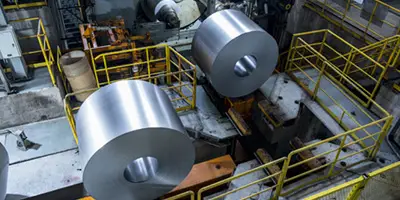

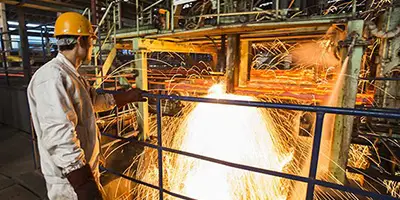
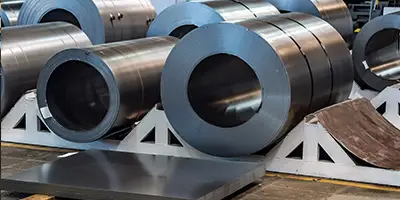


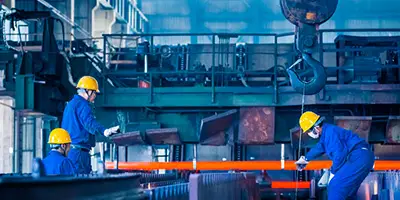


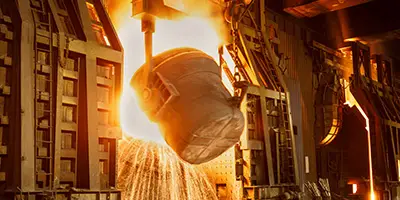
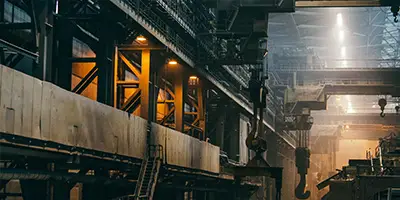
 Phone :
Phone :  Whatsapp :
Whatsapp :  Email :
Email : 


